Paying Respects to an Iwo Jima Flag Raiser
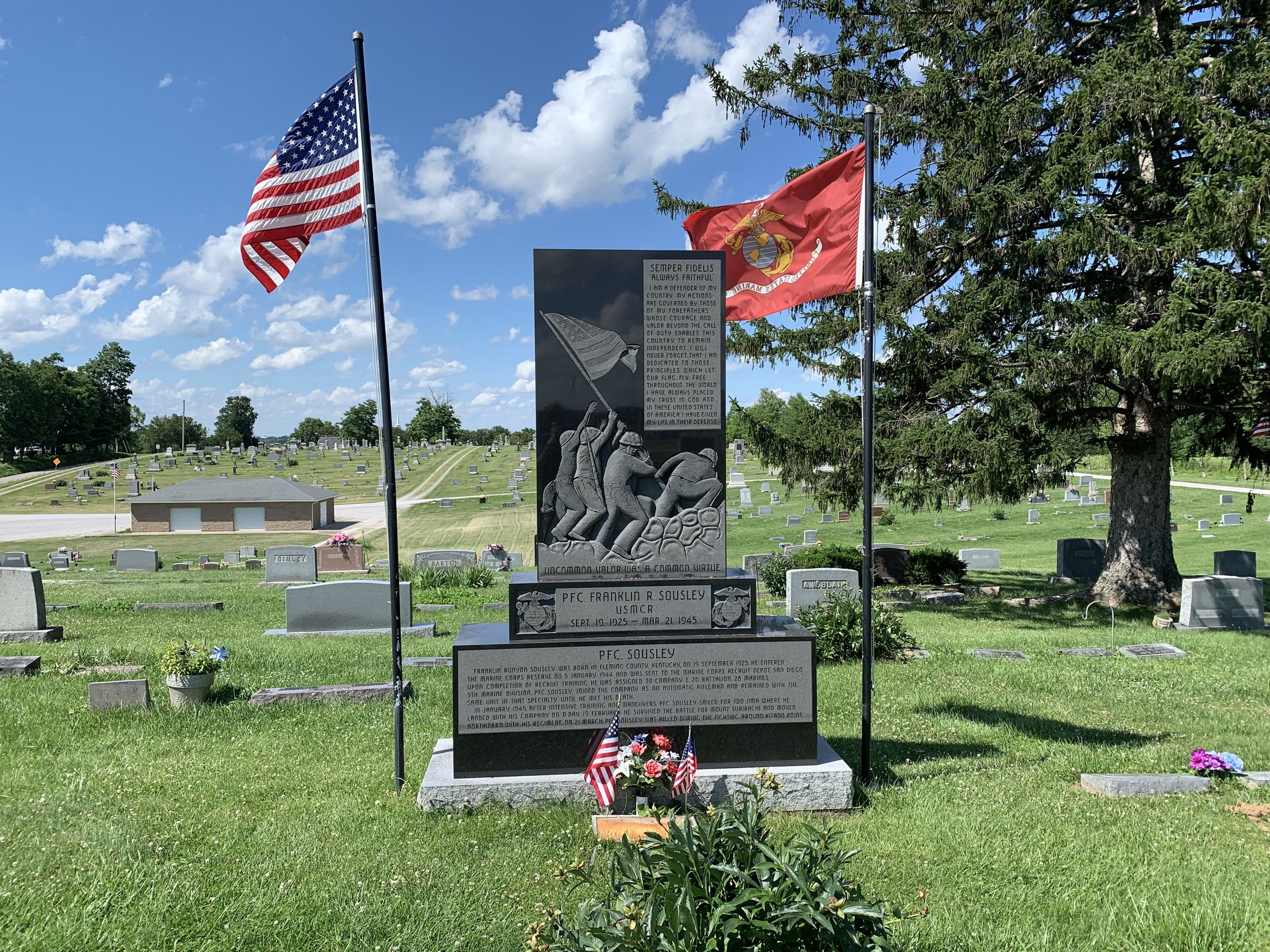
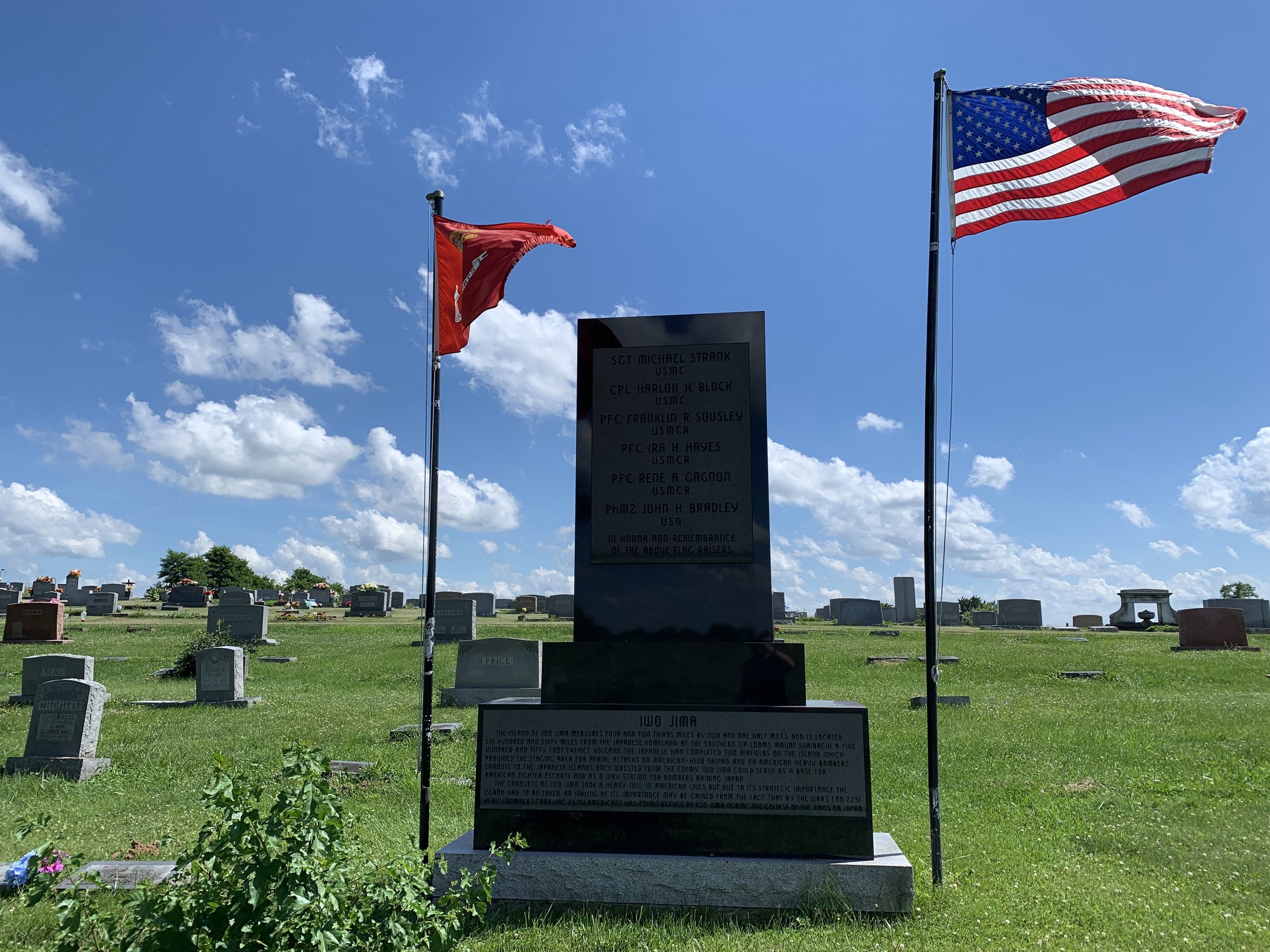
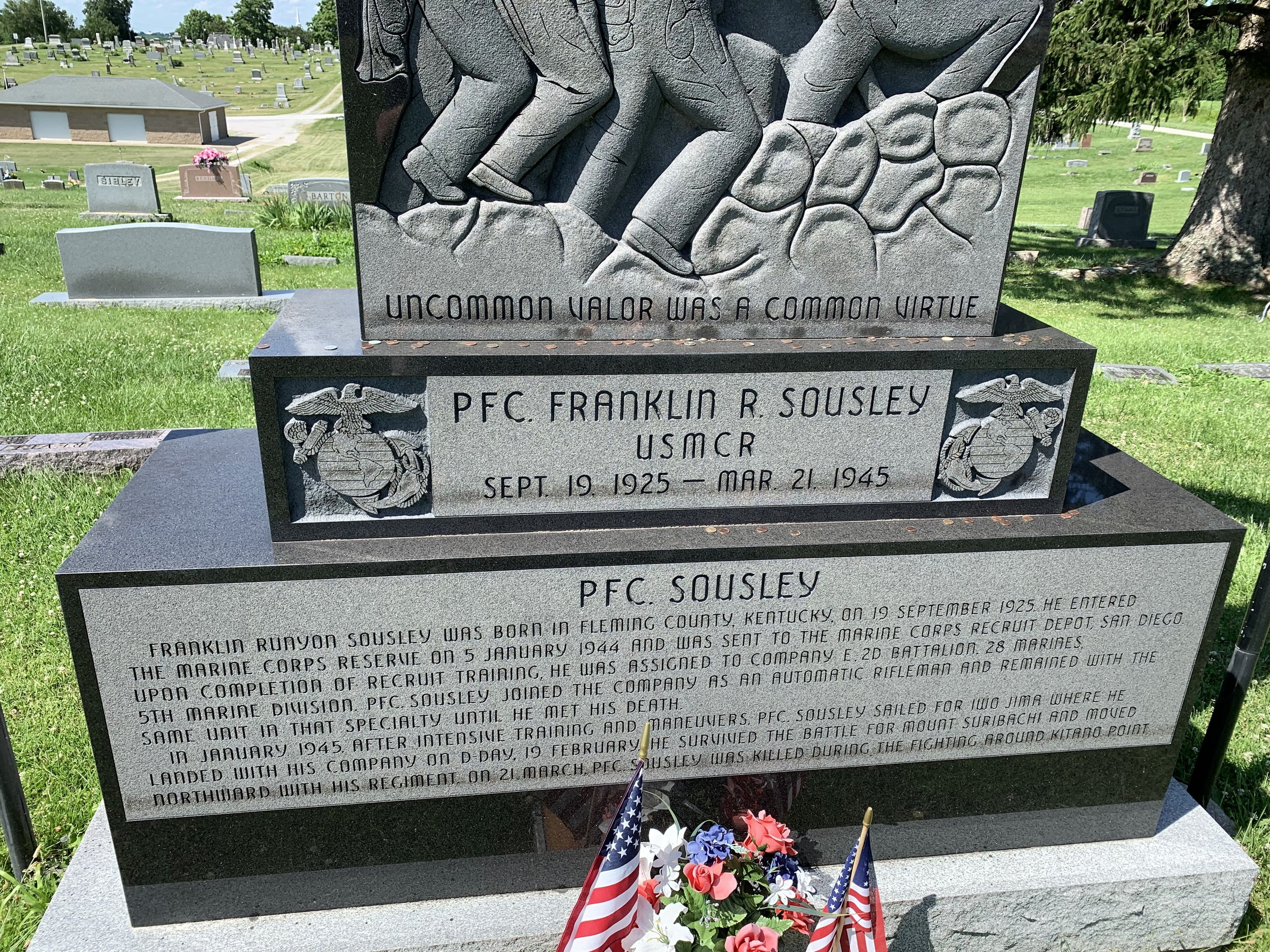
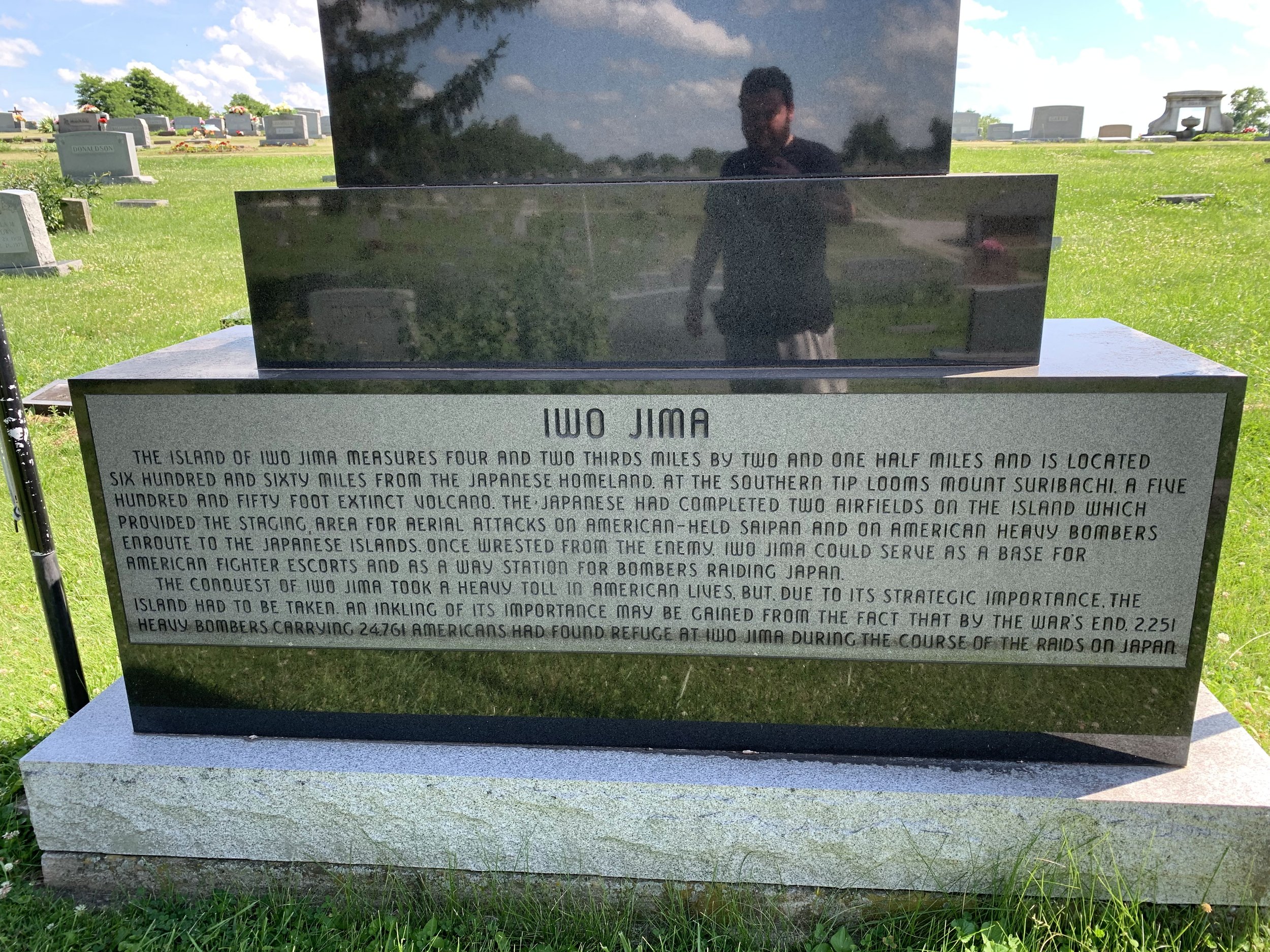

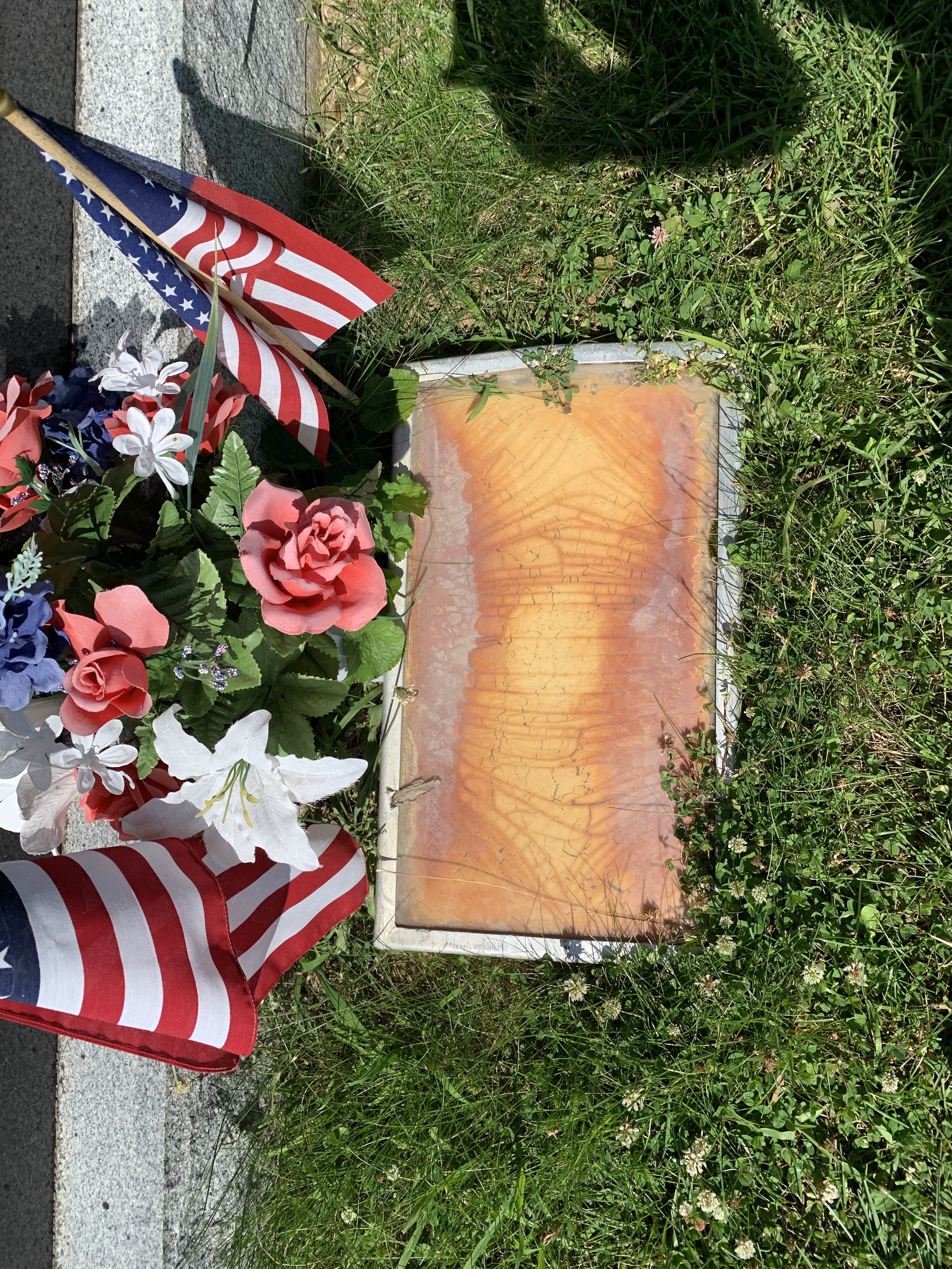
In the closing months of World War II the Pacific Theater saw some of the most brutal combat ever experienced by a fighting force. The Battle of Iwo Jima in particular saw horrific bloodshed as the hopelessly outgunned Japanese defenders provided overwhelmingly willing to die before suffering dishonor. Of the 21,000 Japanese soldiers on the island as the battle began, only 216 were taken prisoner, with the others being killed or simply too injured to fight on. Although 3 times as many Japanese would die in combat, this battle was unique for the Marine Pacific Forces in that their total number of casualties (dead or wounded) exceeded that of the enemy. Simply put, if war is Hell, then the young men charged with taking Iwo Jima experienced over a month of damnation as they waged war non-stop from February 19th to March 26th 1945.
After firmly establishing their position on the island 4 days into the battle, on February 23rd a group of Marines were ordered to raise an American flag atop Mt. Suribachi (the dominant feature of this volcanic island). The flag was a relatively small one, and a few hours later 6 more Marines were charged with replacing it with a much larger flag that could be more easily seen from around the island.
During this second raising Associated Press photographer Joe Rosenthal happened to be on hand, and snapped what at first appeared to be just another image of the war. This simple photograph ultimately caught the public’s attention, and quickly became THE iconic image of that awful conflict. 6 battered but determined young Marines fighting against the very wind to raise up the image of their nation in a sign of victory. In that moment they became more than soldiers, they were the embodiment of the American spirit. Rosenthal would be awarded the Pulitzer Prize for his efforts, and the picture was used in massively successful fundraising efforts, as well as serving as the model for various memorials across the country. For our young flag raisers Cpl. Harlon Block, Pfc. Harold Keller, Pfc. Franklin Sousley, Sgt. Michael Strank, Pfc. Harold Schultz, Pfc. Ira Hayes, there was still a battle to be won, and they returned to combat. Block, Sously, and Strank would not leave the island of Iwo Jima alive.
On March 20st President FDR ordered the 6 flag raisers recalled to Washington D.C. to participate in fundraising activities. Pfc. Sousley was cut down the next day by a Japanese Sniper, one of thousands of hold-outs hiding on the island refusing to surrender. He was buried alongside so many of his brothers in arms in the 5th Marine Division Cemetery on the island on March 25th.
After the war many families were unhappy with their sons buried on foreign battlefields and sought to have their loved ones returned to American soil. On May 8th, 1948 Pfc. Sously’s remains were reinterred in his hometown of Elizaville, Kentucky. Today you can pay your respects to this brave young soldier at the Elizaville Cemetery. His headstone is an impressive monument befitting a hero. It bears info about him and his actions on Iwo Jima, as well as a depiction of Rosenthal’s icon image. It is flanked by both American and Marine Corps Flags.
Want to Experience This Adventure for Yourself?: